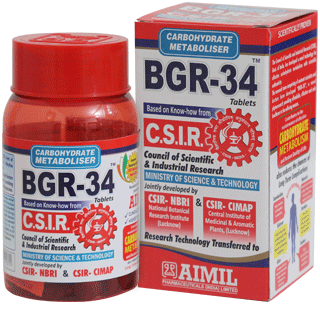Food Recommendations and Interventions for type 2 Diabetes:
Food recommendations are of great significance in forestalling diabetes, managing existing diabetes and in the improvement of complexities related to diabetes. The aim of these recommendations is to make people, diabetics and healthcare providers aware about the beneficial dietary interventions. Food recommendations, as illustrated in table-1 play a major role at four levels:
- Maintains the blood glucose levels in the normal range or as close to normal range.
- Decrease the risk of diabetes and cardiovascular disease by promoting healthy food choices.
-
Preventing or slowing down the rate of emerging complications of diabetes by
modifying dietary intake. - Maintaining the pleasure of eating by only limiting food choices.
| Food category | Recommended food to eat | Occasionally recommended food | Food not to eat |
| Total grams of carbohydrate should be individualized based on glucose control, medication and physical activity. Consume more complex (unrefined) carbohydrates with fiber. | |||
| Whole Grains | Multi grain flour (wheat, Sorghum, Millet barley, Pearl Millet); Roasted chickpeas; Gram flour, Oatmeal. | Semolina (suji), Boiled brown Rice | White four, Bread |
| Fruit consumption should be done twice daily, preferably with lunch and dinner. One serving equals: ½ c. canned fruit or juice, or 1 c. fresh fruit. Avoid juices (except when hypoglycemic) which may cause the blood glucose to rise very rapidly. | |||
| Fruits | Berries, gooseberry, Papaya, Cherries, Guava, Plum, Kiwi, Sweet orange |
Apple, Orange, Pomegranate, Watermelon, Unripe banana
|
Grapes, Lychee, Mango, Banana, Sapota, Sugar cane, Dates, Custard apple, Muskmelon |
|
Eat 4–6 servings of non-starchy vegetables each day. One serving equals: ½ c. cooked vegetable, ½ c. vegetable juice, or 1 c. raw vegetable. |
|||
| Vegetables | Tomato, Onion, Garlic, Bitter Gourd, Cabbage, Brinjal, Fenugreek Leaf, Peas, Pointed Gourd, Radish, Turnip, Cucumber, Beans, Lady finger,Lotus Stem,drum-stick,Chenopodium (Bathua), lemon | Beetroot, Jackfruit, Potato, Sweet Potato, Carrot | Potato, Colocasia (Arbi) |
| Eat 2-3 dried fruit in number for fiber, vitamins, minerals and antioxidants | |||
| Dry fruits | Almonds, Walnuts, Pine Nut (Chilgoja) | Cashew nut and Figs | Prunes and Raisin |
| Limit liquid consumption to moderate amount (less than 1 drink per day for adult women and less than 2 drinks per day for adult men, 1 drink = 180ml) | |||
| Beverages | Vegetable juice, lemonades, Soups, goose berry juice | Coconut water | Soft drinks, Sweet lemonades, Syrups; Alcohol (Use with doctor’s approval) |
| Sucrose containing food can be substituted for other Carbohydrate choices in the meal plan, if added to the meal plan. | |||
| Calorie Sweeteners | Rich fibre biscuits | Sugar free tablet, sucralose, or Sugar free and sucralose containing substance | sugar, jaggery, powdered jaggery, jam, sweets, chocolates, cakes, pastry |
| Limited intake of dietary cholesterol | |||
| Dairy products | Skimmed milk, butter milk with salt, Paneer | Curd, Home-made-butter. | Fried paneer, Condensed milk |
| Use more of mono-unsaturated fats, i.e., olive oil or corn oils. Limited use of saturated fat, trans fatty acids (found in most commercially baked products). | |||
| Fat | Mustard oil, Olive oil, Mix cooking oil | Fried foods, Home-made-butter. | Refined oils, Ghee |
| Pulse consumption contributes to reduction of food intake and regulation of body weight, which helps in reducing risk of obesity and, in turn, improves the management of diabetes. | |||
| Pulses | All pulses | Kidney Beans,Chickpeas white | No pulse restricted |
| Conventional dietary methods to treat Diabetes include the use of culinary herbs and/or spices. | |||
| Spices | Cinnamon, Nigella, black Cumin, Fenugreek seeds etc. And rest all spices can also be taken. (Choose low-sodium salt) | Avoid sauces and Red chilli powder | High sodium salt and Chilli |
| Others | Green tea, tea and coffee without sugar | High fibre fast food like salad burgers. | Tea and coffee with sugar, Samosa, Chole bhaturay, Macaroni, Pasta and Chayavanprash, |
Conclusion: Major food recommendations and interventions for diabetes listed in Table 1. Monitor the metabolic parameters, including glucose, A1C, lipids, blood pressure, body weight, and renal function to ensure successful outcomes.



